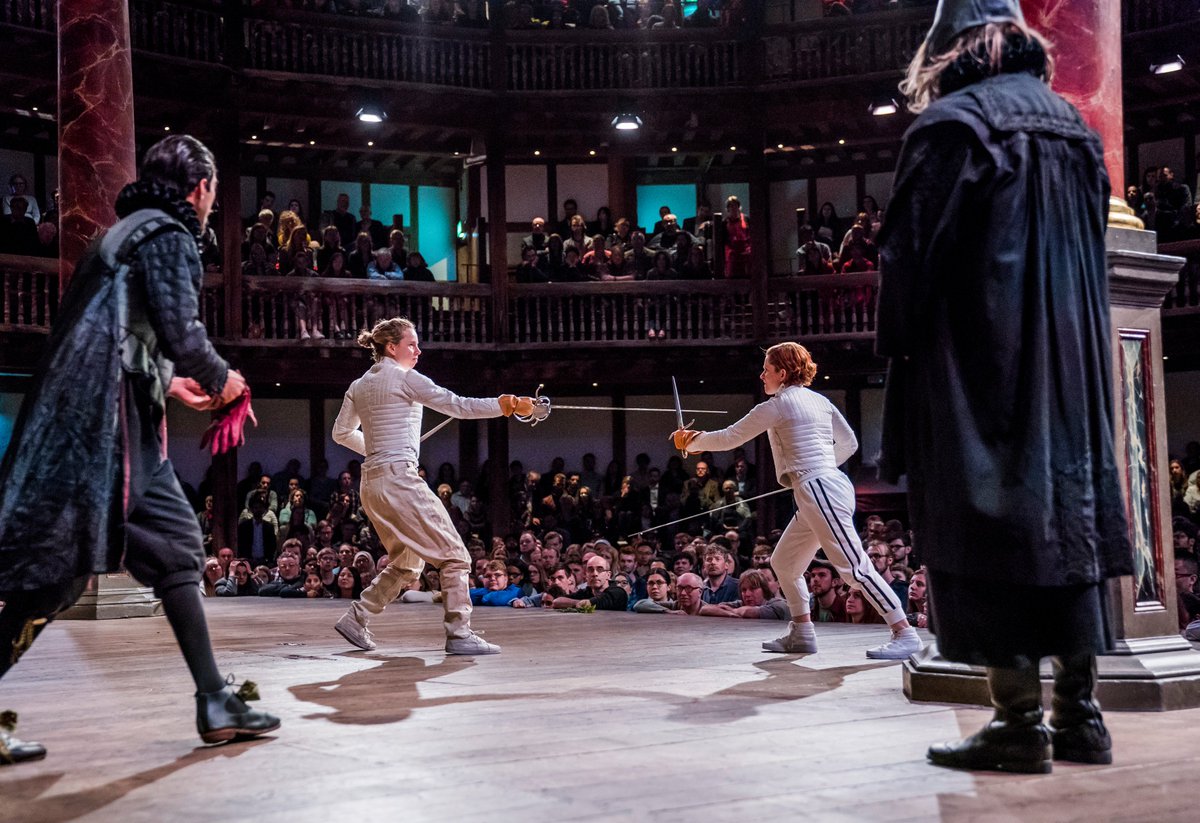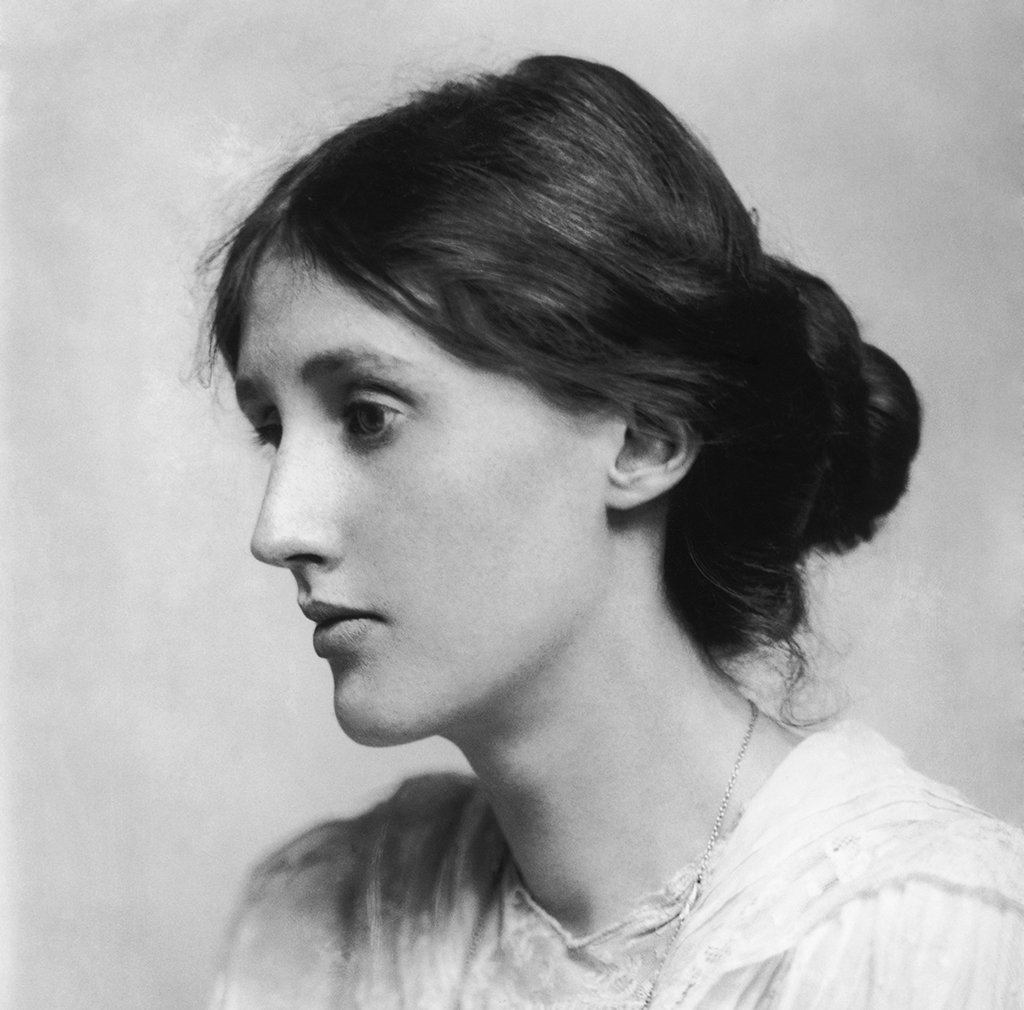With #TheTamingoftheShrew officially opening this evening, we’d thought we’d delve in to the history of Shakespeare’s tricky, tempestuous comedy.
Here’s 10 Things You May Not Know About Shrew…
Here’s 10 Things You May Not Know About Shrew…
As with most of Shakespeare’s plays, it’s difficult to assign a precise date to #TheTamingoftheShrew, but we believe it was written and performed between 1590 and 1592, making it one of Shakespeare’s earliest comedies when he was but a youth.
We know #TheTamingoftheShrew was definitely written by June 1594, as this is its first recorded performance – staged when Shakespeare’s company were in residence in a playhouse in Newington Butts (near today’s Elephant and Castle station). 

#TheTamingoftheShrew has a mysterious companion play (ooh).
The Taming of *A* Shrew was printed in 1594, and is almost identical to Shakespeare’s in terms of plot, but has different language and character names. How are they related? No one’s sure!
The Taming of *A* Shrew was printed in 1594, and is almost identical to Shakespeare’s in terms of plot, but has different language and character names. How are they related? No one’s sure!
The textual mysterious don’t stop there.
#TheTamingoftheShrew we know bears much revision, including hints that Hortensio’s role was expanded, or two roles merged into one, and a framing device that never gets resolved. (Does Sly just fall asleep during the play within a play?)
#TheTamingoftheShrew we know bears much revision, including hints that Hortensio’s role was expanded, or two roles merged into one, and a framing device that never gets resolved. (Does Sly just fall asleep during the play within a play?)

Unlike many of Shakespeare’s comedies, there isn’t a direct and obvious source for the ‘taming’ plot in #TheTamingoftheShrew. Likely, it was just based on an amalgam of folk tales and ballads about men subduing their unruly wives. 

Sometime in the early 1600s, Shakespeare’s fellow playwright John Fletcher wrote a sequel to #TheTamingoftheShrew called The Woman’s Prize or The Tamer Tamed, in which it is Petruchio’s turn to be ‘tamed’ by his second wife, Maria.
For nearly a hundred years, an adaptation of #TheTamingoftheShrew by actor-manager-producer-all-rounder David Garrick called Catharine and Petruchio was performed to the nearly complete exclusion of Shakespeare’s text. (He did like to change those endings, A LOT). 

#TheTamingoftheShrew is equally famous now for its adaptations in popular culture, including the musical Kiss Me, Kate and the 1999 teen comedy 10 Things I Hate About You. (Heath Ledger, be still my beating heart…)
The roles of Kate and Petruchio have attracted stars for centuries, including Elizabeth Taylor & Richard Burton, and Alfred Lunt & Lynn Fontanne. The latter’s production of #TheTamingoftheShrew was so tempestuous, it became the inspiration for the musical Kiss Me, Kate.
More recently #TheTamingoftheShrew has frequently been performed with all-female casts, including here at the Globe in 2003 and at New York City’s Shakespeare in the Park in 2016.
Fun fact: Janet McTeer played Petruchio in both productions.
Fun fact: Janet McTeer played Petruchio in both productions.

Well, there you have our 10 Things You May Not Know About Shrew!
And to find out more about our current production now playing in the Sam Wanamaker Playhouse, head to: bit.ly/39bpOkQ
And to find out more about our current production now playing in the Sam Wanamaker Playhouse, head to: bit.ly/39bpOkQ

• • •
Missing some Tweet in this thread? You can try to
force a refresh








